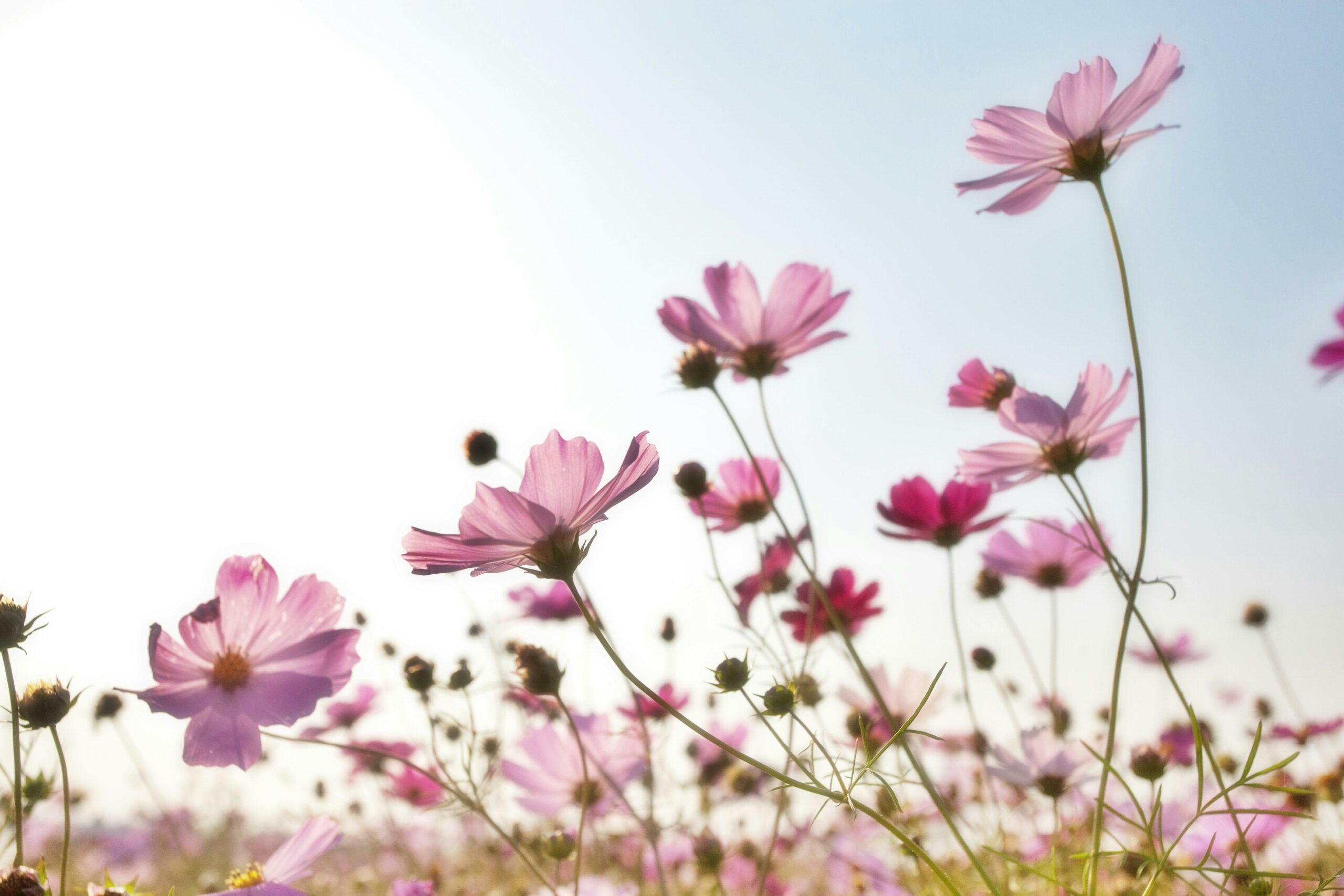Homegrown bouquets: three species for your garden

MILAN, Ill. — We live in a fast-paced world. From food to information to travel, what took our grandparents hours, days, or weeks to obtain, we can have in seconds and minutes.
Fresh produce and plant material are no different. Carrots, berries, melons and bananas are available year-round in the local grocery store. Not far from the produce or checkout lane, a weary shopper will spot a display of beautiful blooms no matter the season.
Many of these blossoms have traveled thousands of miles to adorn our kitchen tables. According to the USDA, the top cut flower-producing countries supplying stems to the United States are Columbia, Canada, Ecuador, and the European Union. In 2022, some of the most popular imported species (roses, chrysanthemums, carnations, and lilies) were worth more than $1.9 billion.
These species are capable of being imported because they tolerate shipping reasonably well. Other species do not hold up as well during shipping. Recognizing the environmental impact of cut flowers traveling thousands of miles and the potential economic opportunity for local growers, a recent trend of growing and supporting local flower farmers has emerged.
Sometimes referred to as the Slow Flower movement, more commercial and hobby growers are incorporating cut flowers into their gardening plans. Locally grown flowers provide an opportunity to reconnect with the seasons, to enjoy the entire process of floral production from seed to harvest, engage with a more environmentally friendly production system, and support local businesses all while still enjoying unique floral arrangements.
Three Easy-to-Grow Cut Flowers
As garden planning and planting get underway, incorporating cut flowers into an annual garden or perennial garden provides an opportunity to add beauty, diversity, and in some cases reduce pest pressure while increasing pollination success. Here are three species to consider adding to your landscape for an abundance of flowers. Each of these species are considered “cut and come again” meaning that the more blooms you harvest, the more blooms the plant will produce. Plant one for abundant blooms, plant more for a constant supply of cut flowers. If you have grown these in the past, try a new cultivar. Each species is available in multiple cultivars with a variety of flower structures.
Cosmos: Two species of cosmos are most common to home gardeners: Cosmos sulphureus and Cosmos bipinnatus. Both are known by the common name Cosmos and require very similar growing conditions, maintenance requirements, and produce similar blooms. Choice of species depends on floral color preference since Cosmos sulphureus produces blooms in shades of yellow and orange while Cosmos bipinnatus produces blooms of white, pink and red.
Plant seeds into soil that has reached temperatures of 65 degrees F. Lightly cover the seeds with soil. Cosmos prefers full-sun garden locations where at least six hours of direct sunlight are available. Maintenance requirements are minimal for cosmos. Cosmos will benefit from continued bloom harvest. The more blooms cut for enjoyment, the more blooms the plants will produce. Breeding programs have produced a variety of flower structures and colors. Flowers are available in single and double petals blooms and some cultivars produce flowers where the single petals are rolled known as seashell blooms. Near the end of the season, flowers that are left on the plant will self-seed in many cases.
Marigolds: Three species of marigolds are available for use in the garden. Blooms of yellow, orange, burgundy, red, and a multitude of combinations. Signet marigolds (Tagetes tenuifolia) are the smallest of the three species, reaching approximately six inches in height. French marigolds (Tagetes patula) are compact and reach heights up to 12 inches. African marigold (Tagetes erecta) are the largest species reaching heights of three to four feet.
African marigold is grown for cutting. Blooms produce double petals and measure up to five inches in diameter. Each of the species have fern-like foliage is fragrant and can help deter herbivore pests such as rabbits and deer. Use shorter species as borders around planting beds and plant groups of African marigolds throughout a garden or cut flower beds.
Direct seed into the soil once it has warmed to 65 degrees F. Plants prefer full sun and well-drained soil. Marigolds are more tolerant of dry soil than moist conditions. Fertilizer should be used with restraint. A general-purpose fertilizer at planting may be applied but marigolds are light feeders, and an excess of nitrogen may result in reduced floral production.
Zinnias: Many people are sentimental about zinnias, and they are an easy choice for the landscape. Available in blooms of almost every color of the rainbow, and a variety of bloom sizes, zinnias have been grown for generations. Based on floral structure, three types of zinnias are available for growers. The number of rows of petals determines the type. Single blooms have one row of petals around an easily identifiable flower center. Double zinnias have multiple rows of petals that hide the center of the flower. Semidouble zinnias have multiple rows of petals, but the center of the flower remains visible. Choosing which type to grow is a personal preference.
Zinnias require a planting site in full sun, with soil that is well drained. Zinnia species is native to Mexico, Central America, and the American southwest so is capable of tolerating warm sites. Plant seed directly into garden soil once soil temperatures have reached 70 degrees F. Harvesting blooms encourages the production of more blooms, so to maximize production, keep harvesting blooms.
Miss Clipping Out Stories to Save for Later?
Click the Purchase Story button below to order a print of this story. We will print it for you on matte photo paper to keep forever.

